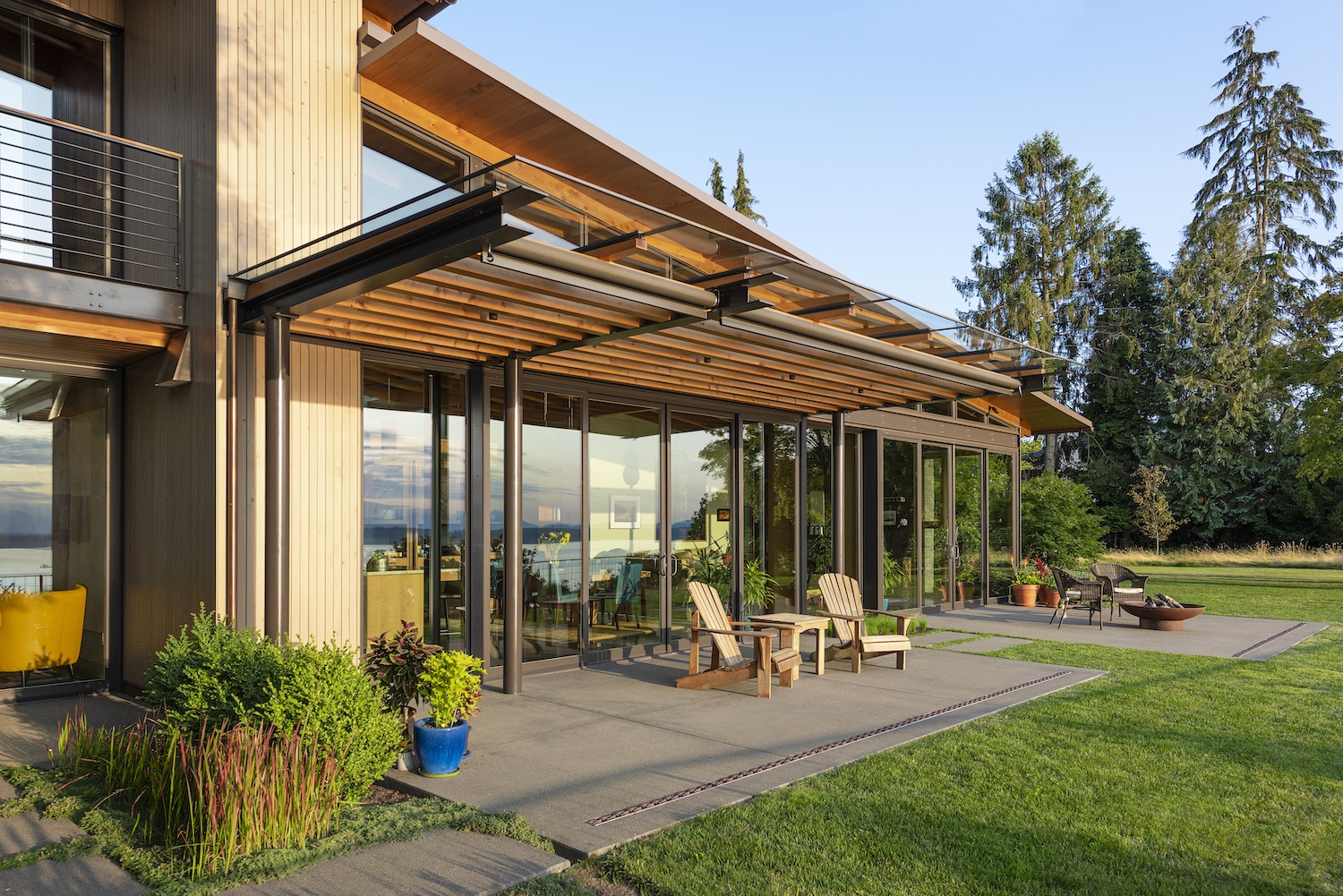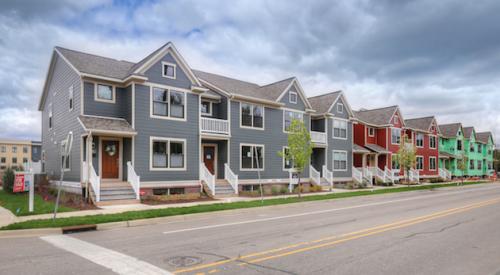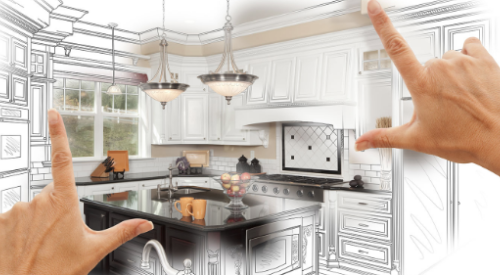Appreciation for mid-century modern architecture has soared in recent years, and for good reason. At its core, this architectural style is rooted in human-centered design, aiming to increase family time and a sense of connection to the surroundings. This timeless style features clean lines and bright spaces. Light enters rooms from different angles, creating a warm and inviting aesthetic. Open design concepts and extensive use of glass enhance the connection to the outdoors.
Considering that most of these homes were constructed between the late 1940s and the early 1970s, many of them need work. Sadly, these “livable works of art” are being torn down in record numbers. Buyers, sellers, and realtors simply don’t realize the significance of what they have.
Renovating these projects requires care and attention. Maintaining mid-century authenticity while adding modern conveniences and utility can be a balancing act, but one that’s becoming increasingly worthwhile for a new generation of homeowners that appreciate vintage charm. Here are renovation tips from three experts on updating these architectural gems.
Preserve Key Features
When embarking on a renovation of a mid-century modern home, it’s important to know the features that make it truly of the mid-century era, which features enthusiasts feel most drawn to, and what can or should be updated for modern styles and contemporary living.
It is essential to ask, what truly makes this home special? What was the architect’s intent? What colors, textures, materials, and shapes make the house come to life?

Many mid-century modern homes were crafted using high-quality materials like mud-set tile, beautiful vintage light fixtures and steel cabinetry in the kitchen. Key features that were established in the mid-century and still have value in using today include linoleum floors, Formica counters, and roman tubs. However, there are elements that not only look dated but could also be dangerous – like lead paint or asbestos flooring. Researching mid-century modern style and materials and the health hazards inherent in certain materials can help guide you in making choices on what to replace and what to keep.
“For us, it is about trying to figure out how to respect the original design intention and bring in a new design and melding those together so that those owners that fell in love with it in the first place still have that love affair with it,” says Kristine Anderson, Assoc. AIA, Principal/Designer at Peterssen/Keller Architecture in Minneapolis, Minnesota.
Replace Inefficient Windows
The control of natural light is a hallmark of mid-century homes and shouldn’t be diminished. Some rooms should have an overflow of light from large expanses of glass, and it is important not to change the original floorplan.
For Anderson, updating windows is one of the first improvements that should be made, regardless of the home’s historical era. It can also be an opportunity to carefully match and enhance the window styles and shapes that make mid-century modern homes so distinctive.
“It's an important strategy to bring a house forward while still respecting what it looked like in the past. I’m also always in favor of adding more windows to really push that even further, bringing the outside in, bringing that view in and out.”
Large expanses of glass help remove the boundary between the inside and outside of the home, bringing an expansive feel. When replacing windows, it is essential to find the right ones.
The good news? You don’t have to be an expert in mid-century modern window styles — just partner with an experienced window and door manufacturer, like Marvin. Their architectural reps can help you achieve a historically accurate aesthetic with all of the modern comforts and conveniences of contemporary window materials and design.

Balance Art With Function
Some mid-century modern features look great but aren’t entirely functional or practical. Features that worked in a home in the 1950s may not be desirable today.
“There seems to be a push and pull between purism and updating so that it functions for a modern lifestyle,” says Leslie McAdams, partner/broker for Triangle Real Estate. “I think a lot of people are afraid to change things [in a mid-century remodel] for fear that they wouldn’t be reflective [of the style] and yet there were certain things that just absolutely have to be updated.
For example, carports are an iconic feature that just aren’t practical for most homeowners today. “Carports are a big thing in mid-century architecture, but a lot of people turn them into garages, which I totally get, and it still works,” says Troy Kudlak, founder of KUD Properties, a firm that specializes in mid-century real estate in Palm Desert, California. “Even when I design new houses that are going to look like old houses, I put in a garage because it’s more sellable.”
Many houses from the period have small rooms, most notably small bedrooms and bathrooms. Showers, in particular, often need to be updated, providing more space. Ultimately, mid-century homes need to support the lifestyle of occupants and enhance their experience within the home, which was the intent of mid-century architecture in the first place.
“It’s okay to update, because technologies change and for the better in many ways in terms of energy conservation and other functionality affects,” says McAdams. “The real trick is just being mindful of materials and the overall look.”
Ultimately, it is about finding the balance between being faithful to the mid-century design and taking advantage of modern conveniences. These homes can provide a unique experience to occupants that bring people together and enhance the connection with the outdoors. These designs truly transcend the test of time.
Learn how Marvin can help with historical projects at Marvin.com/historic











